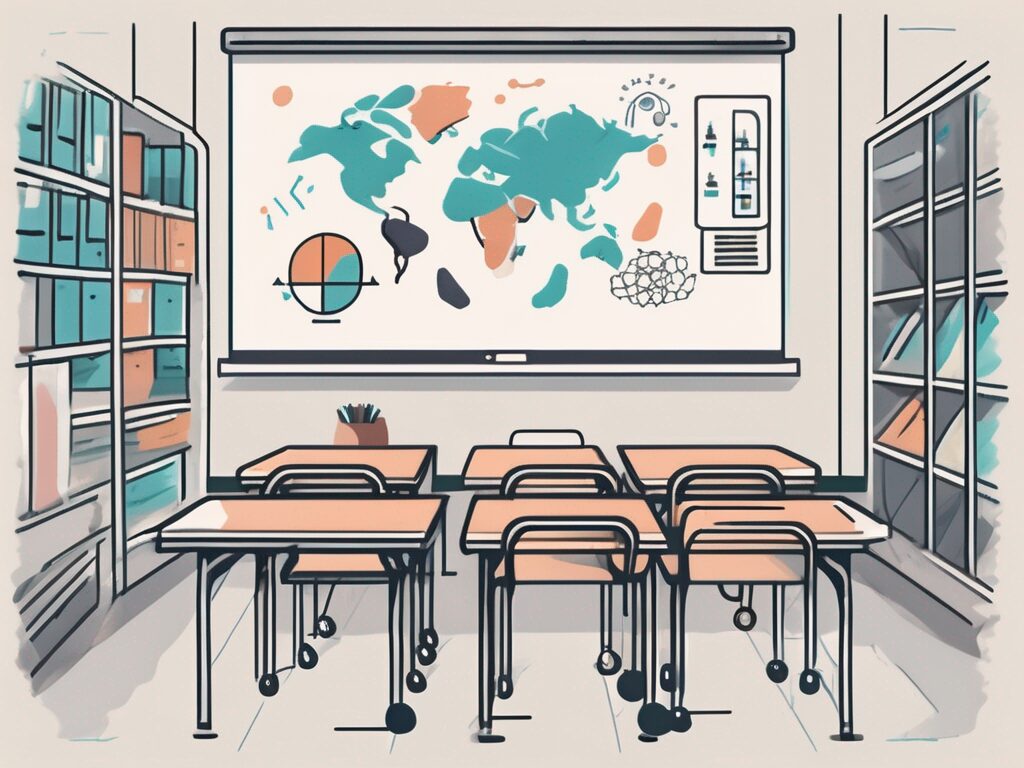html
Overcoming 4 Key Challenges in Education Access for Migrant Kids in Hong Kong
In a world that is becoming increasingly interconnected, the challenges faced by migrant children in accessing quality education are more pressing than ever. In Hong Kong, a vibrant city known for its cultural diversity, migrant kids often encounter significant barriers that hinder their educational journey. This blog post aims to explore the four key challenges these children face and provide actionable insights on how to overcome them. By understanding these obstacles, we can work towards creating a more inclusive educational environment for all.
1. Language Barriers: The First Hurdle
One of the most significant challenges for migrant children in Hong Kong is the language barrier. Many of these children come from non-Chinese speaking backgrounds, making it difficult for them to communicate effectively in a predominantly Cantonese-speaking environment. This language gap can lead to feelings of isolation and frustration, ultimately affecting their academic performance.
To address this challenge, schools can implement language support programs that focus on immersive language learning. For instance, offering after-school language classes or pairing migrant students with local peers for language exchange can significantly enhance their language skills. Additionally, employing bilingual teachers can create a more inclusive classroom atmosphere, allowing migrant children to feel more comfortable and engaged.
2. Cultural Differences: Bridging the Gap
Cultural differences can also pose a significant challenge for migrant children. Many come from diverse backgrounds with unique customs, traditions, and educational expectations. This cultural dissonance can lead to misunderstandings between students, teachers, and even parents, further complicating the educational experience.
To bridge this cultural gap, schools should promote cultural awareness and sensitivity among staff and students. Organising cultural exchange events, where students can share their heritage through food, music, and art, can foster a sense of belonging and appreciation for diversity. Furthermore, training teachers to understand and respect different cultural perspectives can enhance their ability to connect with migrant students and create a supportive learning environment.
3. Socioeconomic Challenges: The Financial Strain
Migrant families often face socioeconomic challenges that can impact their children’s education. Many parents work low-paying jobs with long hours, leaving them with little time or resources to support their children’s academic needs. This financial strain can lead to a lack of access to educational materials, extracurricular activities, and even basic necessities like transportation to school.
To alleviate these socioeconomic challenges, community organisations and schools can collaborate to provide resources and support for migrant families. Initiatives such as free tutoring programs, school supplies drives, and transportation assistance can make a significant difference in the lives of these children. Additionally, schools can establish partnerships with local businesses to create scholarship programs that help cover the costs of extracurricular activities and educational materials.
4. Psychological Barriers: The Emotional Toll
The emotional and psychological toll of being a migrant child cannot be overlooked. Many face feelings of anxiety, depression, and low self-esteem due to their circumstances. The pressure to adapt to a new environment while dealing with the challenges of integration can be overwhelming.
To support the mental well-being of migrant children, schools should prioritise mental health resources and counselling services. Creating a safe space where students can express their feelings and concerns is crucial. Additionally, implementing social-emotional learning programs can equip students with the skills to manage their emotions and build resilience. Schools can also encourage peer support groups, allowing students to connect with others who share similar experiences.
Conclusion: A Call to Action for Inclusive Education
Overcoming the challenges faced by migrant children in Hong Kong requires a collective effort from educators, policymakers, and the community. By addressing language barriers, cultural differences, socioeconomic challenges, and psychological barriers, we can create a more inclusive educational environment that empowers all students to thrive.
As we strive for a more inclusive education system in Malaysia, the role of qualified and well-trained educators becomes increasingly crucial. IPGCE is dedicated to supporting teachers in their professional journey, offering the International Postgraduate Certificate in Education (iPGCE) to enhance qualifications and open doors to international teaching opportunities. With our program, you can expect a significant increase in interview callbacks, promotion rates, and salary. Plus, you’ll join a global network of educators, gain a deeper understanding of international curricula, and enjoy the flexibility of online study. Don’t let inadequate credentials or isolation hold you back. Join the UK’s #1 Teacher Training Course today and take a decisive step towards a fulfilling career in inclusive education.
Related Topics
- Language Support Programs for Migrant Students
- Cultural Awareness in Education: Why It Matters
- Addressing Socioeconomic Challenges in Education
Connect with us on LinkedIn to stay updated on our initiatives and join the conversation about inclusive education!

